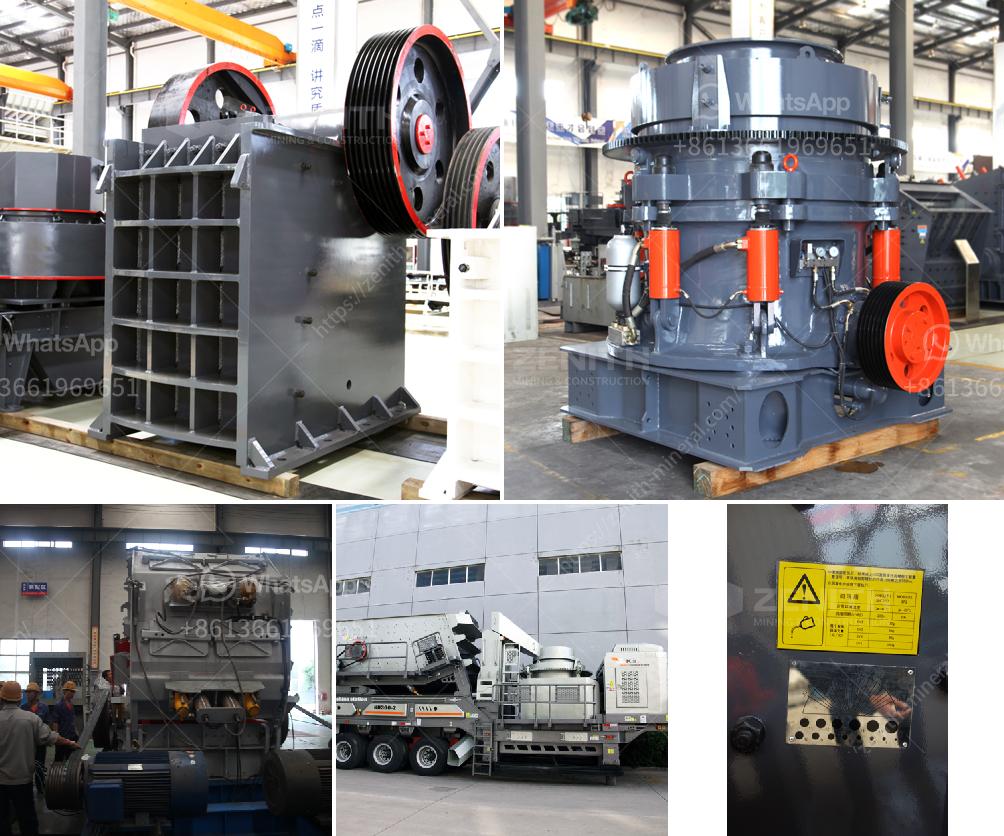A limestone crusher works by breaking down large chunks of limestone into smaller, more manageable pieces for various types of construction and industrial applications. Here's a brief overview of the process:
Feeding: Large pieces of limestone are fed into the crusher, usually through a hopper or conveyor system.
Primary Crushing: The limestone is initially crushed using jaw crushers or gyratory crushers. These crushers apply compressive forces to the stone, breaking it into smaller pieces.
Secondary Crushing: The partially crushed limestone is then passed to secondary crushers like impact crushers or cone crushers. These machines further reduce the size of the stone using both compressive and impact forces.
Screening and Sorting: The crushed limestone is then screened using vibrating screens to separate the material into various size fractions. The sorted material might be used directly or further processed to achieve finer grades.
Conveying: Once the limestone is crushed to the desired size, it is transported to storage or to the next stage of processing, often using conveyor belts.
Dust Control: Throughout the process, dust suppression systems like water sprays or dust collection systems may be used to minimize airborne particles and maintain a clean work environment.
Overall, the efficiency and effectiveness of a limestone crusher depend on multiple factors, including the type of crusher, the hardness of the limestone, and the desired end product size.
